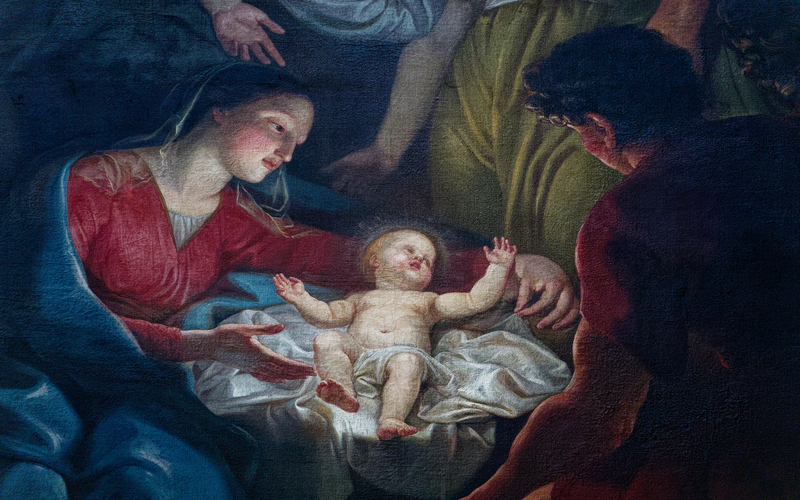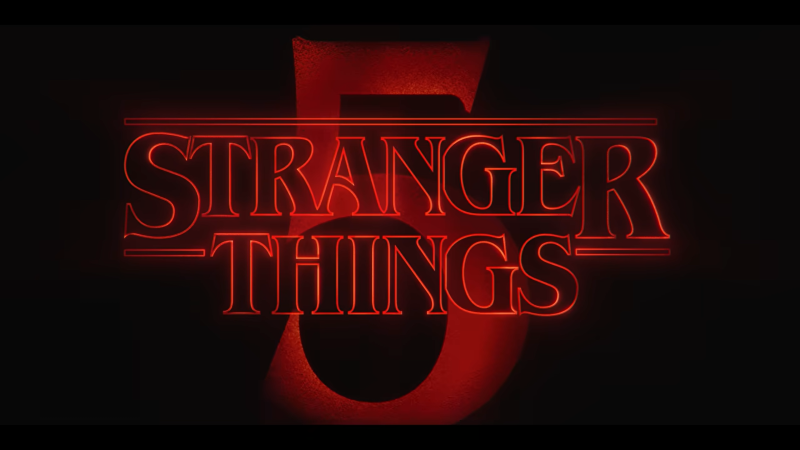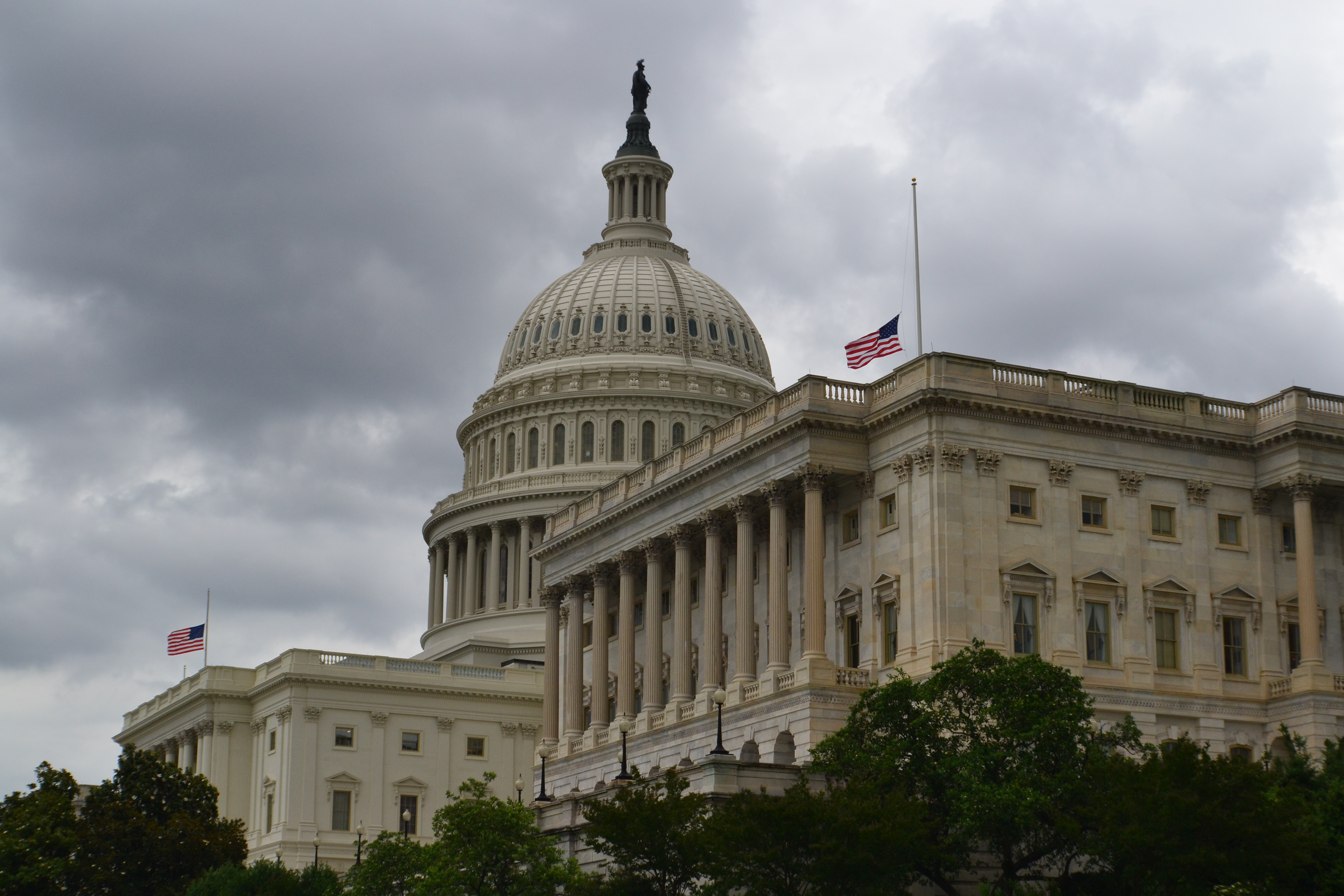Serving the Brokenhearted
Sign up for a six month free
trial of The Stand Magazine!
(Digital Editor's Note: This article was published first in the April 2023 print edition of The Stand.)
“I realized that this wasn’t a natural disaster, but it was a human disaster,” said Steve Tybor, founder and president of Eight Days of Hope (EDOH).
EDOH is most known for its dedication to rebuilding the homes of families in need and deploying its rapid response teams after natural disasters strike. Since its inception in 2005, the ministry has served 8,600 families with the help of more than 48,000 volunteers. In 2019, Tybor and his team started a new branch of EDOH, the Safe House Ministry.
After becoming burdened by the gut-wrenching reality of human trafficking, Tybor wanted to do something to help survivors. In response, EDOH and its network of committed volunteers began partnering with other organizations to create “safe houses” for human trafficking survivors to receive restorative care, find the love of Jesus, and recover from their past traumas.
“[We want] to provide a place for rescued women to be able to go to bed at night and not be concerned that somebody is going to turn the doorknob looking for something,” Tybor told The Stand. “A place where they could get the emotional, physical, and spiritual healing that they need.”
The issue
According to U.S. Homeland Security, “Human trafficking involves the use of force, fraud, or coercion to obtain some type of labor or commercial sex act.”
Due to a lack of awareness, many Americans are oblivious to the prevalence of human trafficking in the U.S. It is much easier to assume that this crime happens only overseas. However, it is happening in small towns, cities, and states across America. According to EDOH’s Safe House Ministry Director, Hannah Fletcher, of U.S. federal trafficking cases, “over 80% involve an American citizen.”
“They don’t just want the person, they want the stuff that comes along with them,” said Fletcher. “They want their Social Security card and identity. [Traffickers] can get twice the value out of an individual if they have their American documents.”
It also isn’t only American adults who are impacted by this crime. The average age of forced entry into trafficking is 14. However, some children are victims of familial trafficking and sold by family members at age 10 or younger. Tybor stated that “17% of those trafficked are trafficked by a family member.”
EDOH impact
To combat these vicious statistics, over the past 4 years, EDOH has partnered with 13 organizations in 8 states to build or renovate 5 care centers and 7 safe homes and provide 63 safe beds for individualized survivor care.
“The care centers are places where communities are able to do immediate outreach,” Fletcher continued. “They are available so victims are able to start feeling safe and begin to think I could leave, I could go to this organization, and they could help. Alternatively, the restorative campuses [aka safe homes] are long-term residential facilities where survivors can stay up to two years free of charge.”
When it comes to available safe places for survivors to rest and receive restorative care, the numbers are daunting. Fletcher stated that of 200 adult facilities nationwide, roughly 60 offer restorative programs. For child survivors, that number shrinks drastically. In the U.S., Fletcher estimates there are fewer than 600 safe beds for children.
Safe Harbor
Later this fall, EDOH will embark on its largest safe house project yet – Safe Harbor Ohio. Located in Central Ohio, this facility will take six months to complete and is the ministry’s second build for children. According to Tybor, hiring a team to construct this community would cost roughly $6 million. But thanks to faithful EDOH volunteers, they will build it debt-free.
“When we work together,” Tybor explained, “when we use our different gifts and work with other ministries passionate about serving the brokenhearted, God does amazing things. That’s why we’re excited about Safe Harbor and EDOH as we grow this arm of the ministry.”
Safe Harbor will be a fully comprehensive location for girls ages 14-18. To begin, the facility will have three cottages with four beds in each. There are hopes to add three additional cottages as time progresses. The campus will also include an administration building, medical facility, school, chapel, and recreational facility.
“They shouldn’t have to leave for anything,” Fletcher continued. “We want it to be comprehensive. This creates a safe space for survivors so they aren’t going back out to where they may face triggers in the midst of their healing.”
Online safety
In today’s world, one of the easiest ways children are lured into trafficking is through online apps, games, and social media sites that may appear harmless to parents. But traffickers are waiting online to prey on innocent children.
To help with this issue, EDOH created an informational resource for parents and churches. This short document lists the dangers of trafficking, reveals shocking statistics, includes apps parents should be aware of, and offers online safety tips.
“As a parent, as a grandparent, we need to know what’s on our kids’ phones,” said Tybor. Often, predators will create fake accounts with false information regarding their age. While children think they are building a relationship with a peer, they are actually talking to someone much older. After a relationship is built, traffickers use that information to make the child feel threatened.
“Fifty-four percent of minors expect online grooming to be a common occurrence,” Fletcher added. “Only 6% feel comfortable enough to say, ‘I need help.’ I think that human trafficking can be preventable if we invest in our kids’ lives and are nosy on their phones.
“We aren’t doing it from the mindset of ‘they’re doing something wrong and need to be punished,’ but we are doing it to create a safe space for them,” Fletcher continued. “If the kids can’t come and tell an adult they need help and safety, they’re at greater risk for trafficking than they ever should be.”

Sign up for a free six-month trial of
The Stand Magazine!
Sign up for free to receive notable blogs delivered to your email weekly.



















